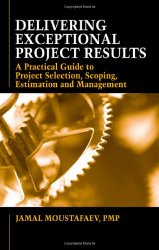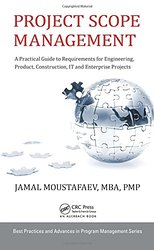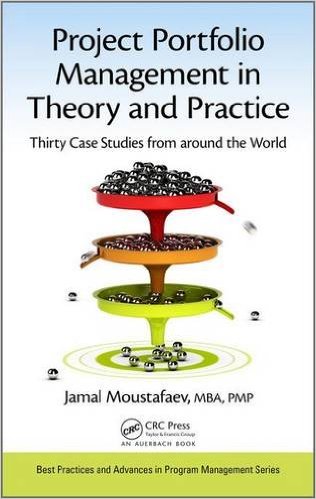Project and Portfolio Management Experts
Submitted by Jamal Moustafaev on Mon, 04/28/2014 - 14:03
 |
 |
 |
 |
 |
 |
 |
Jamal is the author of three books and many online courses dedicated to project, portfolio, and scope management:
Phone: +1 778 995 4396
E-Mail: jamal@thinktankconsulting.ca
Below you will find ten symptoms of a company that is in dire need of project management and/or project portfolio management. Read through the list and count how many of these characteristics can be attributed to your organization:
- Unexpected issues and problems arise in the middle of projects
- Communications seem to be ad-hoc; too often important stakeholders are not informed about key decisions
- Project's requirements are never clearly defined
- Project managers and functional managers (department directors and managers) constantly fight over resources.
- Priorities of the projects initiated by the executives constantly change, resulting in quick resource reassignments.
- There is a chronic shortage of resources at the organization. Employees are constantly complaining about being overworked, while the managers insist that they must roll up their sleeves and work harder
- Projects are frequently late and/or over budget and/or do not deliver the full scope promised and the quality of the project product is low
- Even if the strategic idea is implemented, the company sometimes fails to achieve the expected improvement or fails to receive any value from the said project at all
- The strategic plan – even if the company has one - is presented as a list of projects, but the cause-effect logic tying those initiatives to the company’s mission, goals and the strategy is absent
- The list of company projects is not prioritized. Therefore it is assumed that all of these initiatives must be started and implemented more or less simultaneously
Did you count more than three symptoms present at your company? We can help! We offer project management, project portfolio management consulting and both live or online training services to help get your business back on track.
Please contact me directly via email at jamal@thinktankconsulting.ca or by phone +1-778-995-4396.
I look forward to hearing from you.
Jamal Moustafaev, MBA, PMP
President & CEO
Thinktank Consulting, Inc.




